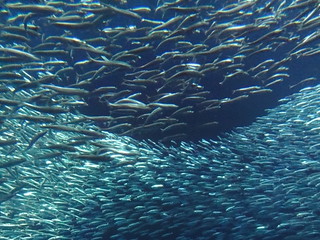 Susan Hilber Piacenza, an Oregon State University PhD candidate, has been awarded a prestigious National Marine Fisheries Service fellowship to study population dynamics of threatened and endangered sea turtles.
Susan Hilber Piacenza, an Oregon State University PhD candidate, has been awarded a prestigious National Marine Fisheries Service fellowship to study population dynamics of threatened and endangered sea turtles.
The fellowship, will provide $115,000 over the next three years to support Piacenza’s work on the green sea turtle, Chelonia mydas. The turtle, considered threatened or endangered in most US and Mexican waters, appears to be recovering in other parts of the world. “Not only is this good news for green sea turtles,” Piacenza said, “but it also represents an invaluable opportunity to study what happens to a large vertebrate population as it recovers from serious population decline.”
So far, signs of positive population growth among C. mydas colonies in Hawaii and Florida has been inferred from nesting beach surveys. What’s missing – and what Piacenza plans to study – is broader data on what happens to the animals after they hatch, and throughout their lives, and how that information fits into population estimates and trends.
The research could be useful to biologists and managers seeking to understand how populations of other threatened and endangered animals change over time, and as a population comes back from the brink. Solid, data-driven forecasting could also help scientists and the public understand how different conservation and management strategies might affect threatened animal populations.
Piacenza is working with researchers at the Southeast Fisheries Science Center Turtle Program in Miami, FL, and the Pacific Island Fisheries’ Marine Turtle Research Group in Honolulu, HI. Her PhD adviser in the OSU Department of Fisheries and Wildlife is Dr. Selina Heppell.
The award is one of five population dynamics fellowships nationwide by NOAA/NMFS this year, and the first ever to an OSU graduate student. Piacenza’s application was sponsored by Oregon Sea Grant.






